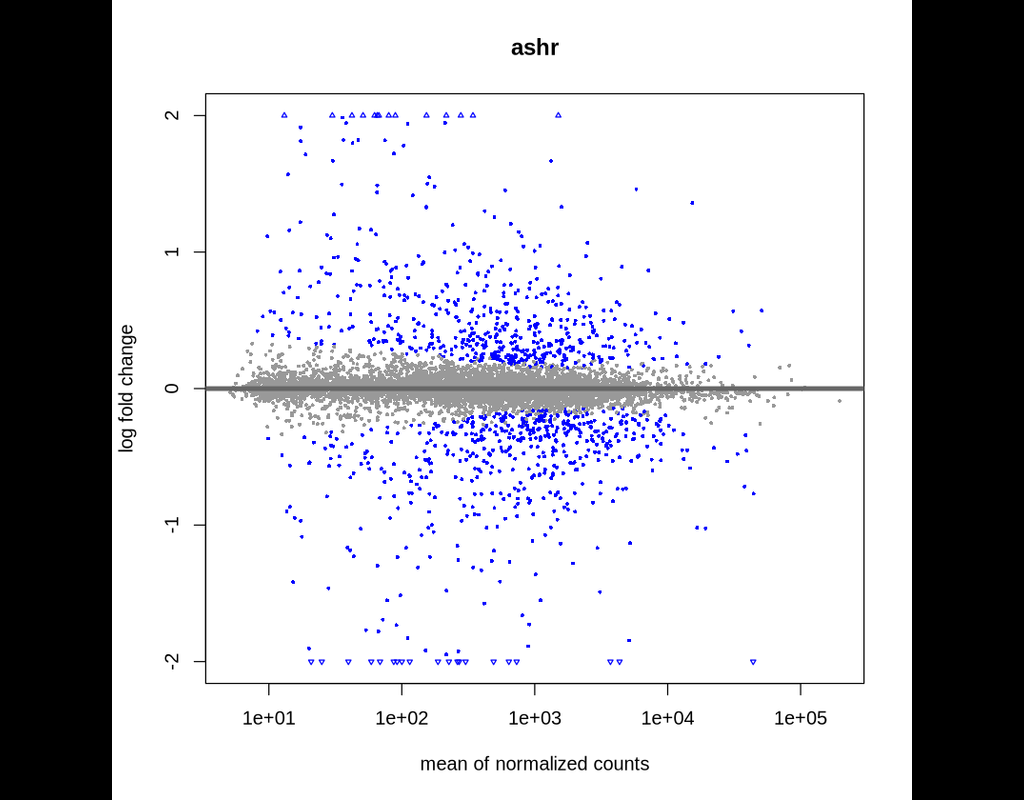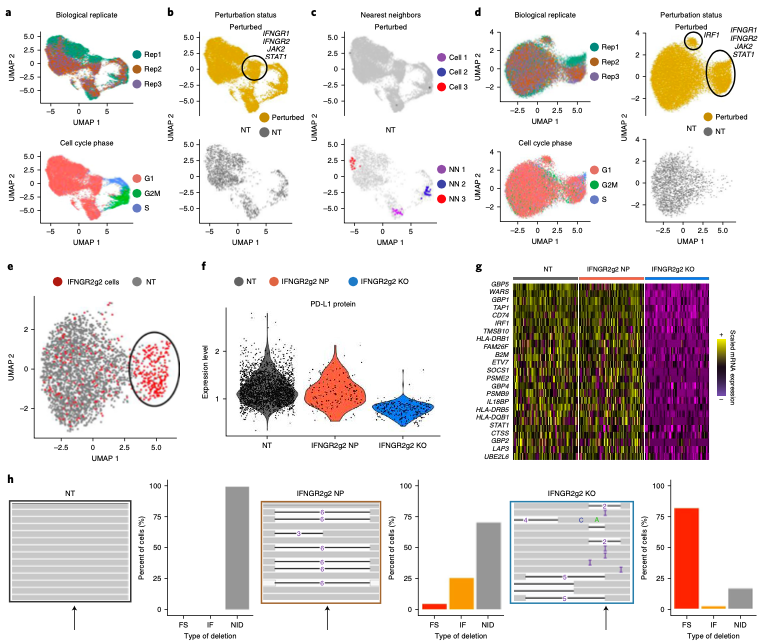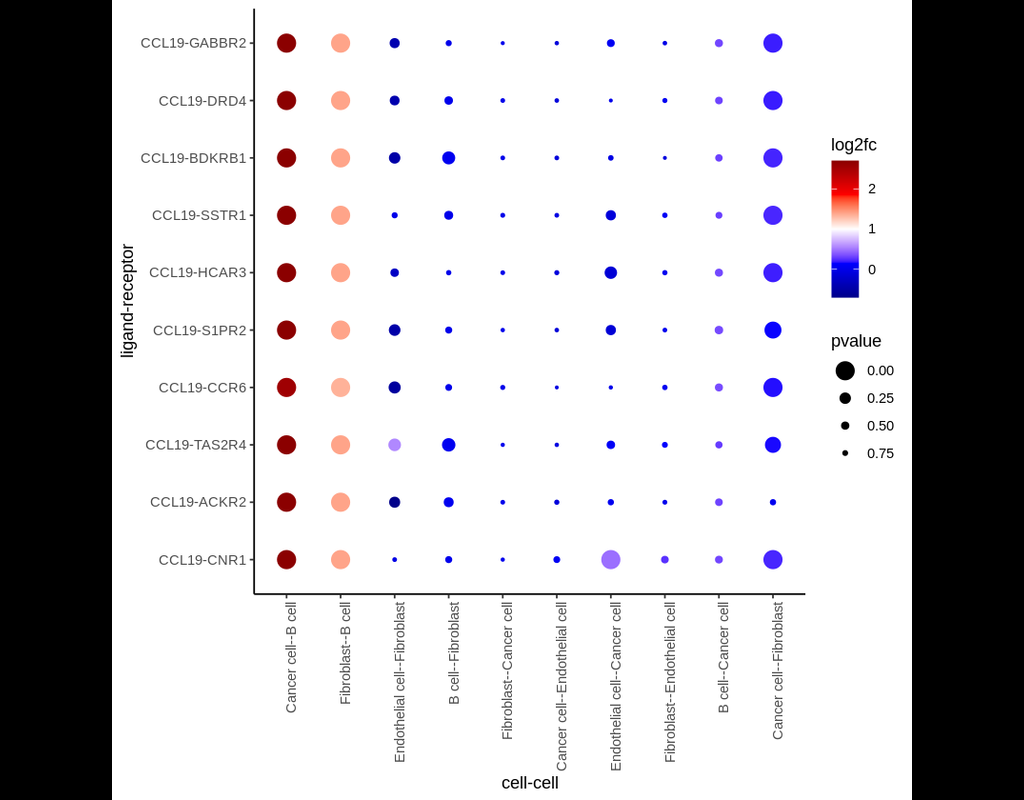Notebooks
Premium
Trends

BioTuring
A basic task in the analysis of count data from RNA-seq is the detection of differentially expressed genes. The count data are presented as a table which reports, for each sample, the number of sequence fragments that have been assigned to each gene.(More)
| Notebooks |
|---|








